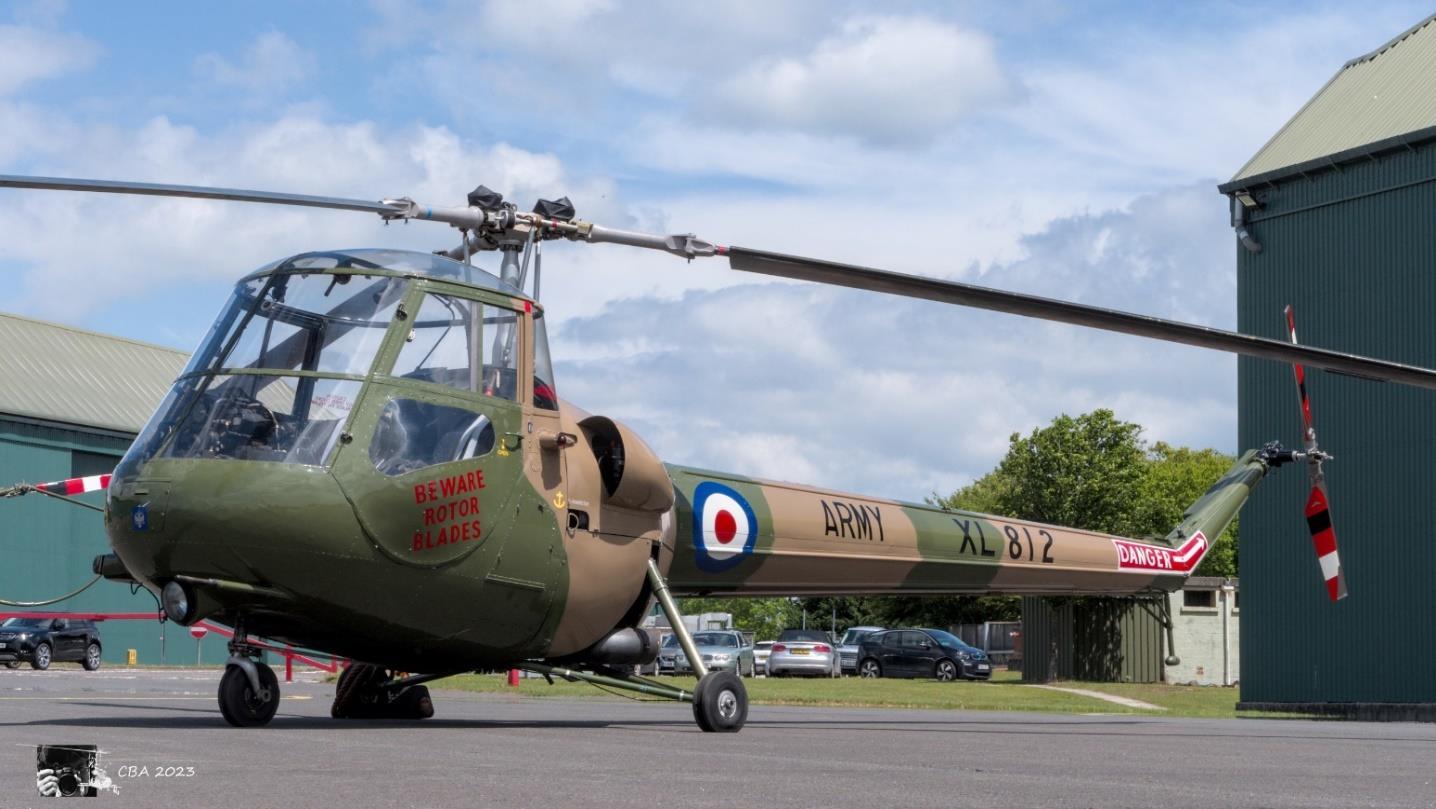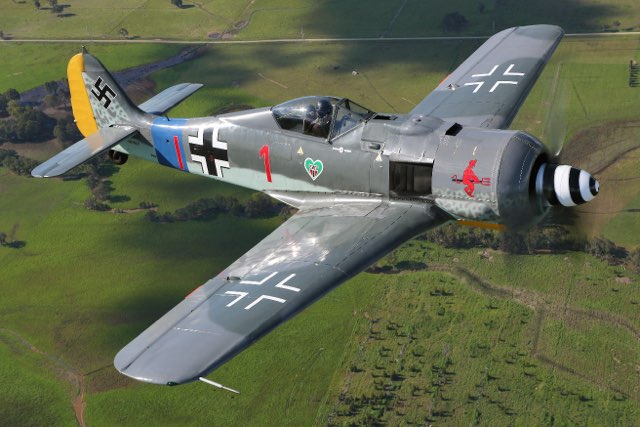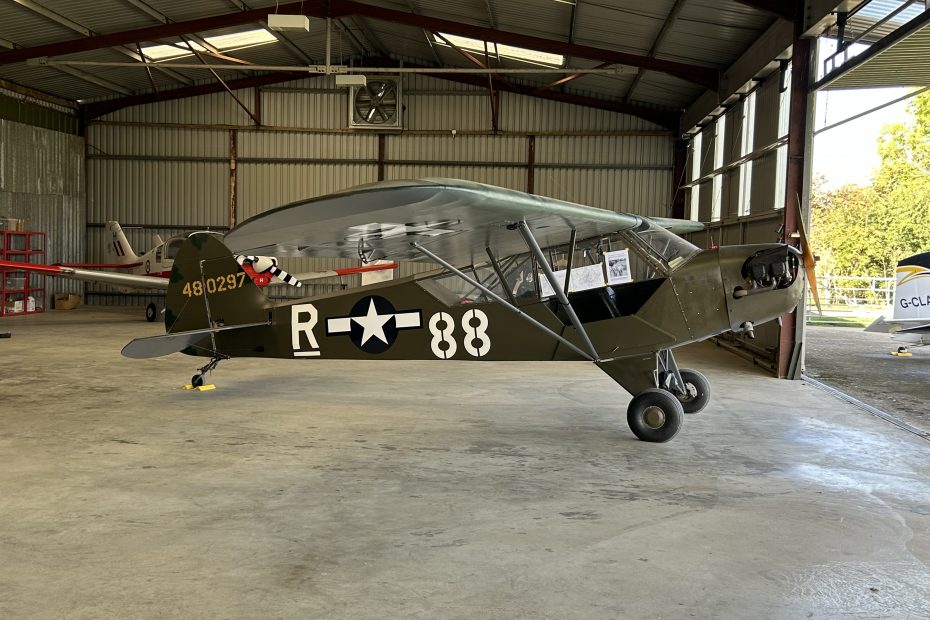Saunders-Roe Skeeter

Price : £75,000
Aircraft Information
REG: XL812 / G-SARO
ACCUMULATED FLIGHT TIME: 1894 hours
- Manufacturer: Saunders-Roe (Saro)
- Model: Saunders-Roe Skeeter
- Aircraft Type: Rotary wing single engine
- Number of Seats: 2
- Number of Engines: 1
- Engine Type: 4-cylinder air-cooled inverted
- Engine Manufacturer and Model: De Havilland Gipsy Major
- Civil registration: G-SARO
- Military registration: XL812
- Type: Saunders-Roe Skeeter AOP.12 (Air Observation Post, a military scout and training variant).
- Military Service: It was delivered to the British Army Air Corps (AAC) in March 1959. It served until 1967, including a period with No.651 Squadron and later with No. 656 Squadron in Germany (British Army on the Rhine – BAOR).
- Civil Registration: After its military service, it was at one point registered as G-SARO (a nod to the manufacturer, Saunders-Roe), and underwent restoration to a flying condition in the late 1970s. This civil registration was cancelled in 2010 as it was no longer airworthy.
- Current Status: XL812 is now part of the Historic Army Aircraft Flight (HAAF), based at the Army Aviation Centre, Middle Wallop, Hampshire, UK. It is used for static display (meaning it does not fly), having last flown in 2006. XL812 has been carefully stored by the HAAF in a hangar for these exhibition purposes.
About the Saunders-Roe Skeeter
- Historical Significance: The Skeeter holds the distinction of being the first helicopter to enter service with the British Army Air Corps (AAC), starting in 1957.
- Manufacturer: Developed originally by the Cierva Autogiro Company as the Cierva W.14, the project was taken over and produced by Saunders-Roe (Saro).
- Role: It was a two-seat helicopter used primarily for Air Observation Post (AOP) duties (scouting and artillery spotting) and training.
- Powerplant: It was powered by a single De Havilland Gipsy Major piston engine.
- Legacy: The Skeeter proved the viability of small, light helicopters for the Army, paving the way for later, more powerful designs like the Westland Scout.
Additional information
During the 1940s the Cierva Autogiro Company developed a light, two-seater, piston-engine helicopter as an aerial observation platform. Following a merger between Cierva and Saunders-Roe Ltd., the aircraft became known as the Saunders-Roe (Saro) Skeeter. Saunders-Roe were in their turn taken over by Westland Helicopters and the aircraft was finally renamed the Westland Skeeter.
The fuselage is all metal construction and the main rotor-blades make use of a composite construction, using a steel-tube spar that was bonded to wooden veneers, formers, and ribs, as well as brass balance-weights; these reportedly delivered a cost-effective and relatively simplistic rotor blade that also possessed favourable fatigue properties.The Skeeter has a de Havilland Gypsy Major 150 4-cylinder 414 cu inch engine delivering 215 bhp. It cruises at 75 knots and has a maximum speed of 95 knots / 109 mph. With an endurance of 2 hours 20 mins, it has a range of 175 nautical miles.
The first Army Skeeter was collected from Eastleigh and flown to Middle Wallop on 18th January 1957 and was the first helicopter used by the Army Air Corps. In service, it was deployed in reconnaissance, AOP, liaison, training and photographic roles. However, despite being a delight to fly, the aircraft’s service life was relatively short-lived owing to its limited engine performance and the lack of external load capability. The aircraft left Army Air Corps service in 1967, after considerable operational service in the UK and Germany.
The British Army ordered 64 Skeeter 6’s, to be designated as the Skeeter AOP.12 (Air Observation Post (AOP) – artillery direction & control), Several Skeeter AOP.12s were operated by the Central Flying School of the Royal Air Force. 32 Skeeters are known to still exist, 1 in Australia, 1 in The Netherlands, 1 in Poland, 8 in Germany and 21 in the UK. None of the remaining Skeeters are airworthy and the Historic Army Aircraft Flight (HAAF) example last flew in 2006.The Skeeter was also used in limited numbers by the German Army and the German Navy.
Included in the sale are technical publications, tooling, and a spares package which contains a set of unused rotor blades still in their box.


